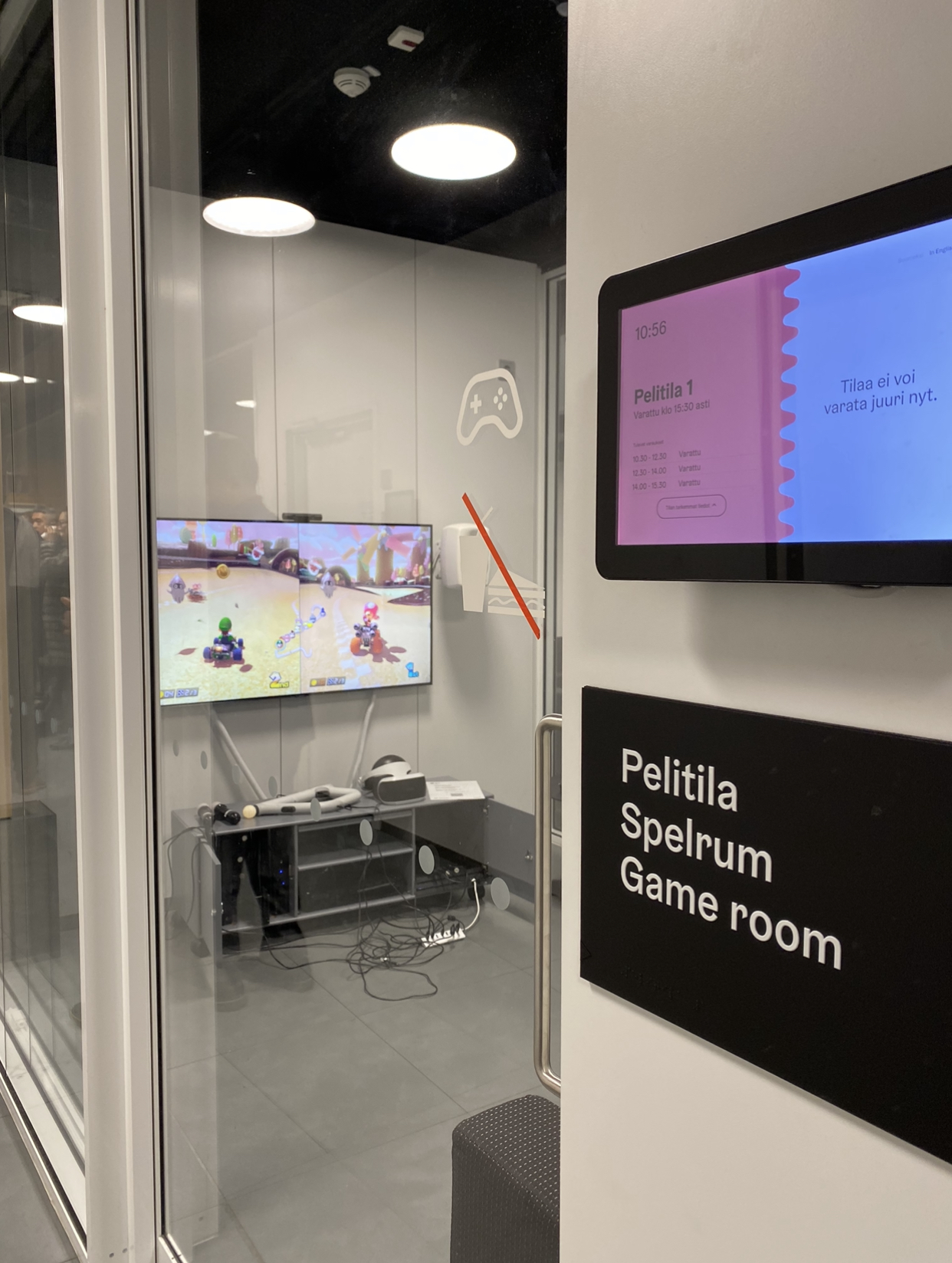What is the role of a library in the 21st century? This is the question Finland tasked ALA Architects with when they decided a library would be a gift from Finland to Finland as they celebrated 100 years of independence. A gift not out of necessity for any shortage of libraries, rather this was a symbol that would mark their national identity. The name – Oodi – an ode to the educated citizen.
In my previous post, I talked about how my greatest takeaway was that Finland is a country that asks human questions not business questions. That they are a nation who are constantly thinking about how to better prepare for a rapidly changing world and that education was their greatest priority. As Mayor Vapaavuori says the library “symbolizes education, equality, transparency, civilization itself.”
The Oodi library has three floors, the first and second connected with a double helix staircase embellished with word based artwork by Otto Karvonen that names all the different individuals in society who can come together to use the space. This sentiment perfectly describes the second floor, “Oodi complements literary culture with digital culture, and both cultures co-exist in harmony.” Anna-Maria Soininvara – Director, Oodi Library.
The second floor of the library is dedicated to existing and emerging technologies. It’s one thing to talk about innovation and preparing for the future and it’s another to have public institutions other than educational ones uphold those values and create a dialogue about what this means. That is the goal of the Oodi Library – to serve as an entity that bridges generations by bringing them together for conversations and experiences around changing literacies in the 21st century. This is a place where people can come to learn new skills with devices such as laser cutters, 3D printing, embroidery machines, music, gaming, arts and augmented and virtual reality. There are multiple collaboration rooms and a variety of different spaces for people to come together to work on projects and generate ideas. Tommi Laitio, Executive Director for Culture and Leisure understands that many people today fear technology. As a result the second floor he says, “Allows people to experience the future so it doesn’t feel so intimidating.”





Book Heaven is what you will find on the third floor, a minimalist and futuristic setting with white book cases and green plants and lots of places to sit and read. What is most significant about this floor is what you see when you walk outside onto the balcony where you come eye level with the building across the street – the Parliament. This symbolic gesture was designed to show the importance of education and politics in Finnish society.



In addition to all the wonderful human staff at Oodi, there are also lots of robots that can be seen moving books (with radio frequency identification tags) from one part of the building to their shelves and taking them back if needed as well. The robots were named by third grader Aada Ketomaki after well known Finnish story book characters – Tata, Patu and Veera. Why are they here? As our guide explained they are here to spark conversation – in the age of automation what is the role of humans and what is the role of machines? For now it is an experiment to see what the robots can do and for people to discuss what the future looks like with both players.
One of the things I appreciate about the Global Executive Ed.D program at USC is the variety in experiences while visiting other countries. Learning about the Finnish education system at school sites and hearing from site leaders is incredible, and taking tours of places like Oodi provide the context for why they are able to do what they do.
Finland is a testament to what can be when you recognize education as a basic human right and people as your greatest natural resource.
To see a tour of Oodi and other highlights from Finland – visit my Instagram story page here.
To learn more about the Oodi Library you can visit their website here.
I’m Sabba.
I believe that the future should be designed. Not left to chance.
Over the past decade, using design thinking practices I've helped schools and businesses create a culture of innovation where everyone is empowered to move from idea to impact, to address complex challenges and discover opportunities.
stay connected
designing schools